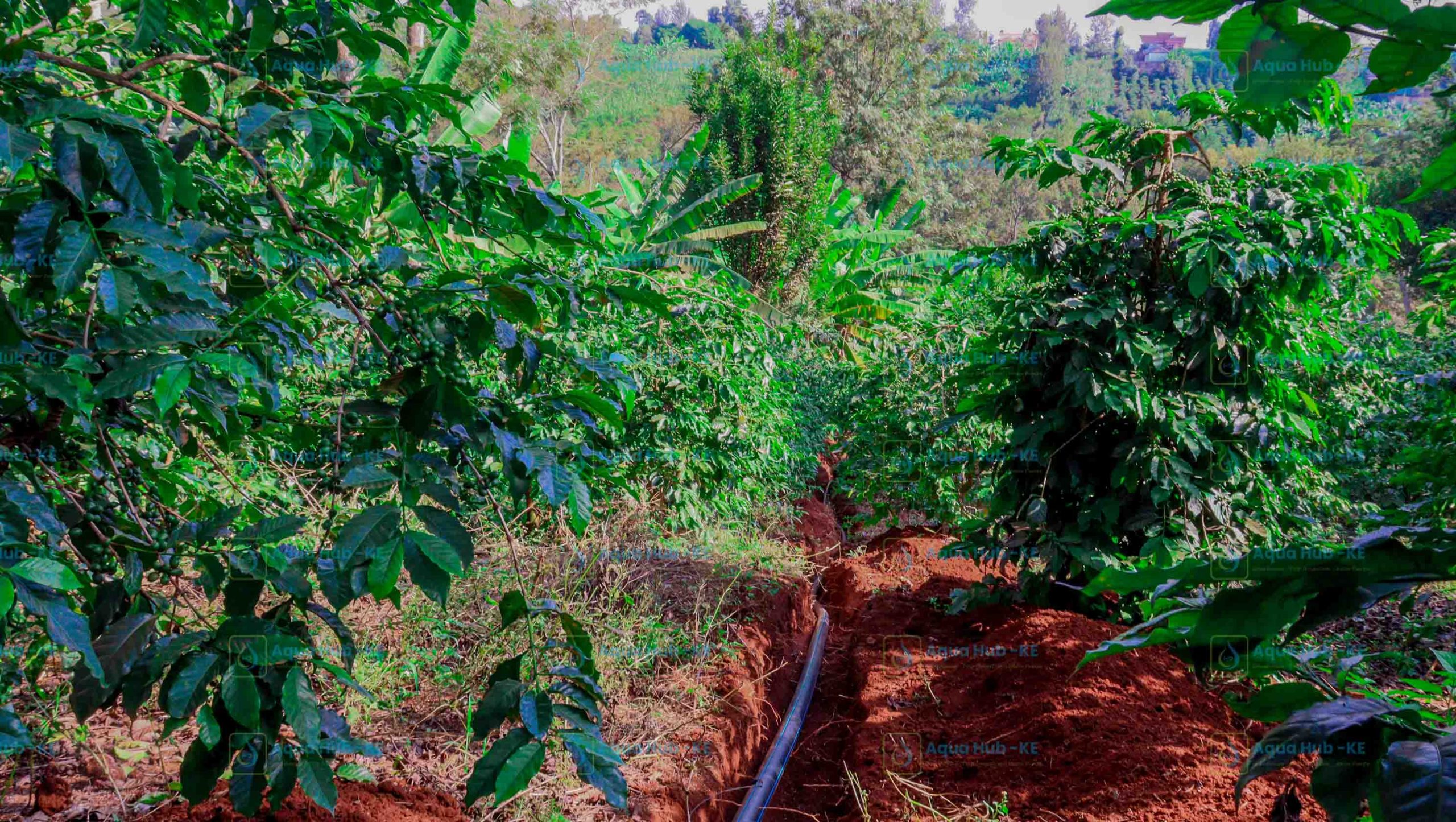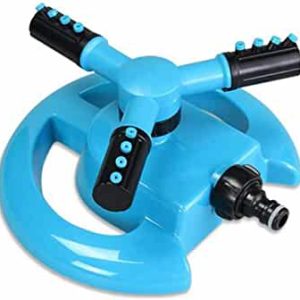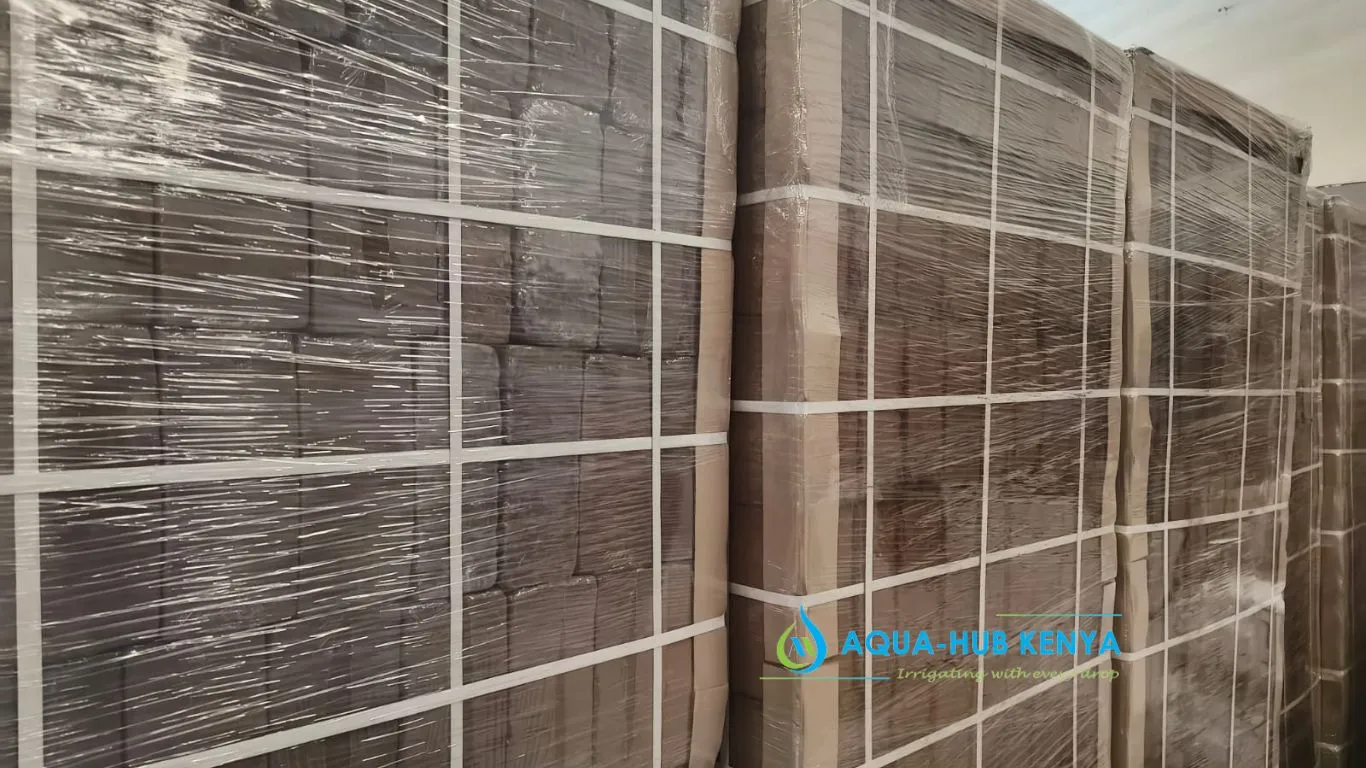There are several best modern irrigation methods in 2023. These methods use modern techniques for irrigation. There are many different modern irrigation techniques. But the goal is always to provide the plant with water as effectively and efficiently as possible. When it comes to modern irrigation methods, you have several options and types to consider. From smart irrigation control to remote irrigation and others. Aqua Hub Kenya provides these methods of irrigation as per your needs. Our irrigation methods are the best and most affordable.
What is the modern irrigation method?
Modern irrigation methods are defined as advanced techniques used to efficiently and effectively deliver water to crops. These methods typically involve the use of technology such as precision emitters, sensors, and automated systems to control the flow of water and optimize its distribution. Some examples of modern irrigation methods include drip irrigation, sprinkler irrigation, and centre-pivot irrigation. These methods are considered more efficient and precise than traditional irrigation methods such as flood irrigation, which involves flooding a field with water.
What are the best modern irrigation methods?
The best modern irrigation methods will depend on the specific crop, soil type, climate, and other factors. However, some modern irrigation methods that are generally considered to be highly effective and efficient include:
Drip irrigation
Drip irrigation is a modern irrigation method that involves the slow, precise application of water directly to the roots of plants through a network of tubing and emitters. It is considered one of the most efficient and effective irrigation methods, as it reduces water loss and allows for precise control of the water supply. Drip irrigation has several advantages over other irrigation methods. It can save water by reducing evaporation and runoff, and by applying water only where it is needed. It also allows for precise control of the water supply, which can be adjusted to the specific needs of different crops. Additionally, it can reduce labor costs, as it requires less maintenance and can be automated.
Advantages of Drip irrigation
- Water gets right down to the plant roots.
- It conserves a significant amount of water, which may be used to irrigate greater land.
- Because the water does not spread throughout the field and instead contacts the plants immediately, weeds are prevented from growing.
- This technique increases crop output.
- Bacterial growth is restricted since the region next to the plants is dry.
- Agriculture uses less water as a result of it.
Sprinkler irrigation
Sprinkler irrigation is a modern irrigation method that uses overhead sprinklers to apply water to a field. It is well suited for larger scale operations and can be used to water a wide variety of crops. The system consists of a network of pipes, pumps, and sprinklers that distribute water over the field. The water is distributed in the form of a spray or mist, which falls to the ground and soaks into the soil. Sprinkler irrigation can be divided into two main types: stationary and portable. Stationary sprinkler systems have a permanent infrastructure and are used for large-scale irrigation, while portable systems can be moved around the field and are used for smaller scale irrigation.
Sprinkler irrigation is widely used in agriculture, horticulture, and landscaping. It is suitable for a wide variety of crops, including vegetables, fruits, flowers, and ornamental plants, and is particularly well-suited for crops that require a lot of water, such as corn, wheat, and sugarcane.
Advantages of Sprinkler irrigation
- It promotes soil preservation.
- Soil productivity is raised.
- It shields the crops from very cold or hot weather.
- The sprinkler system may apply fertilizer and pesticides.
- The soil is kept in its original physical and chemical state.
- With sandy soil and rough terrain, it is quite helpful.
Micro-irrigation
Micro-irrigation is a modern irrigation method that is similar to drip irrigation but uses smaller water droplets, which can be delivered through micro-tubes, mini-sprinklers, and micro-jet. It is also known as low-volume irrigation, and it’s well-suited for small-scale operations and for crops with high water requirements. Micro-irrigation systems deliver water at a low rate, usually less than 20 gallons per hour, to the root zone of the plants. The water is delivered through small diameter tubing and emitters, which are placed near the base of the plants or at the soil surface.
Micro-irrigation is widely used in agriculture, horticulture, and landscaping. It is suitable for a wide variety of crops, including vegetables, fruits, flowers, and ornamental plants. It is also well suited for arid and semi-arid regions, where water is scarce, and for crops that require a lot of water, such as fruit trees, berries, and vineyards.
Advantages of Micro-irrigation
- It allows for Complete Irrigation.
- Saves water and produces higher yields.
- It Is Ideal for All Types of Soil.
- An easy way to undertake Fertigation and Chemigation.
- It is highly efficient.
- Allows for precise control of the water supply.
- It also reduces labour costs, as it requires less maintenance.
- It delivers water and nutrients directly to the roots of the plants.
Centre pivot irrigation
Centre pivot irrigation is a modern irrigation method that involves a large, motorized structure that moves in a circular pattern, providing water to crops as it rotates. It is also known as a “circle” or “lateral move” irrigation system. The structure consists of a set of pipes, or a “lateral,” that is mounted on a set of wheels or towers and is powered by an electric motor or a diesel engine. The centre pivot irrigation system rotates around a central point or pivot, and as it moves, it sprinkles water over the field. The water is distributed in the form of a spray or mist, which falls to the ground and soaks into the soil. The rotation of the pivot can be adjusted to suit the needs of different crops, and the system can be automated to control the flow of water.
Centre pivot irrigation is widely used in agriculture, particularly for large-scale irrigation of crops such as corn, wheat, and sugarcane. It is also well suited for regions with flat terrain and abundant water resources. However, it has some drawbacks such as high energy consumption, and the potential for water loss due to evaporation and wind drift. Additionally, it may not be suitable for uneven terrains, or for regions with scarce water resources.
Advantages of centre pivot irrigation
- High degree of automation, which can save a significant amount of work.
- There is no need to level the land, which saves money and protects the ecology.
- The service life is often greater than 20 years, with a reasonable investment per unit area.
- Operating and maintenance expenditures are low.
- Efficiency: Uses water efficiently and saves time.
- Facilitates fertilizer application and insect and disease management.
- Reduces labor expenses.
- Allows for exact water application.
Why use modern irrigation methods?
Modern irrigation methods are typically used because they are more efficient and effective than traditional methods in delivering water to crops. These methods use technology such as precision emitters, sensors, and automated systems to control the flow of water and optimize its distribution. This results in several benefits, including:
- Water Conservation: Modern irrigation methods can save water by reducing evaporation and runoff. And by applying water only where it is needed. This is particularly important in arid and semi-arid regions where water is scarce.
- Increased Efficiency: Modern irrigation methods allow for precise control of the water supply, which can be adjusted to the specific needs of different crops. This can lead to increased crop yields and improved crop quality.
- Reduced Labor Costs: Modern irrigation methods require less maintenance and can be automated, which can reduce labour costs.
- Reduced Disease and Pest Issues: Modern irrigation methods can reduce the amount of foliage that is wetted, which can in turn reduce the incidence of diseases and pests.
- Fertility Management: Modern irrigation methods allow for the precise application of fertilizers, which can lead to increased crop yields and improved crop quality.
- Suitable for different terrains. Modern irrigation methods can be used on flat and uneven terrains and can be installed on sloping land as well.
- Energy efficiency: Modern irrigation systems are energy efficient as they use less water and also have low energy requirements.
- Reduced Soil erosion: Modern irrigation system reduces soil erosion. Since the water is delivered directly to the root zone of the plants.




